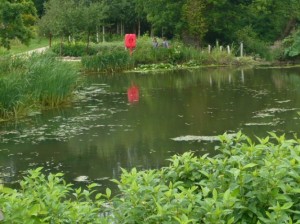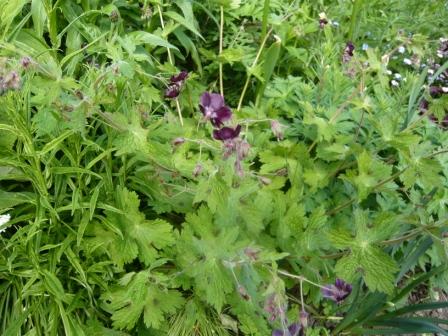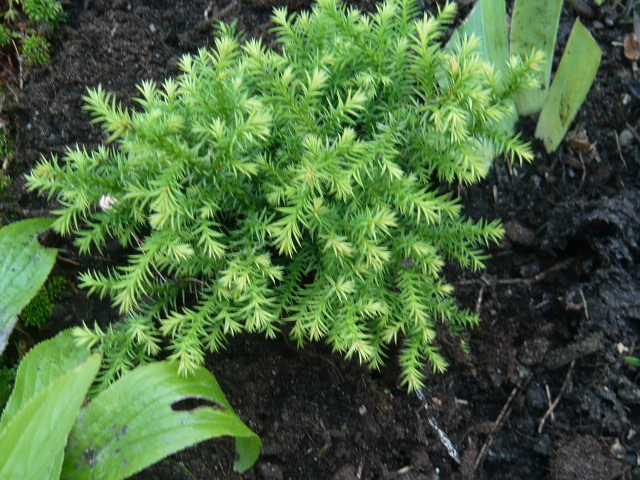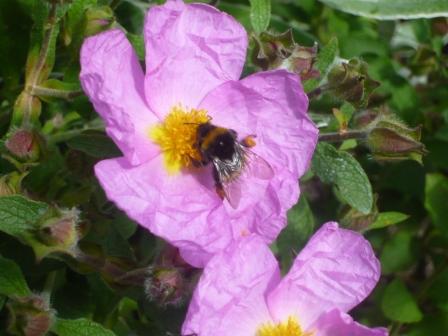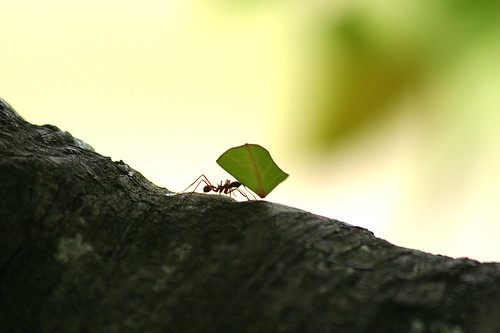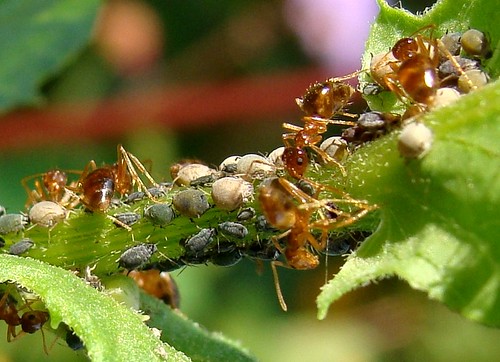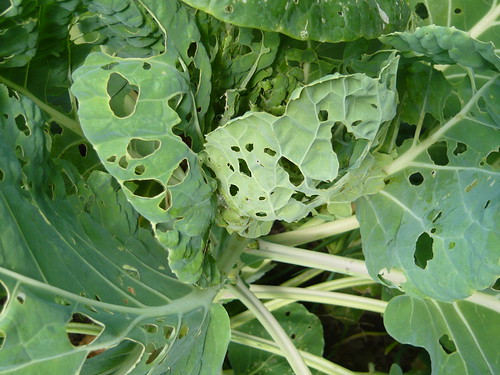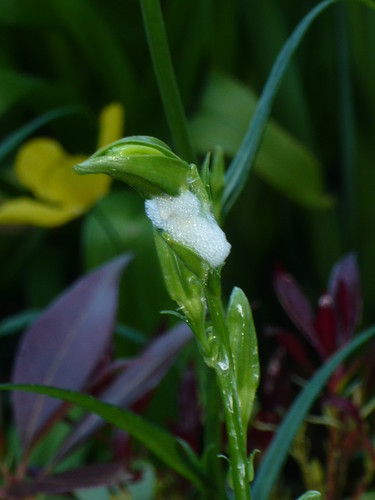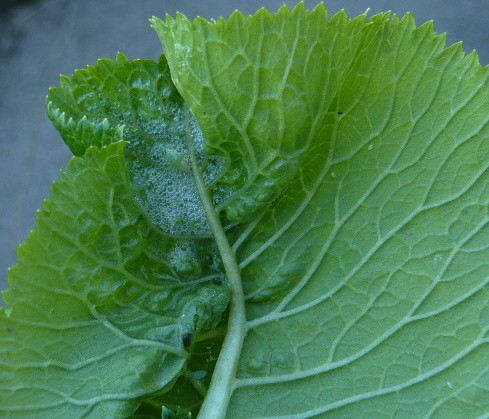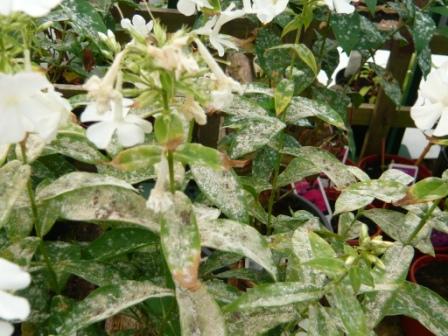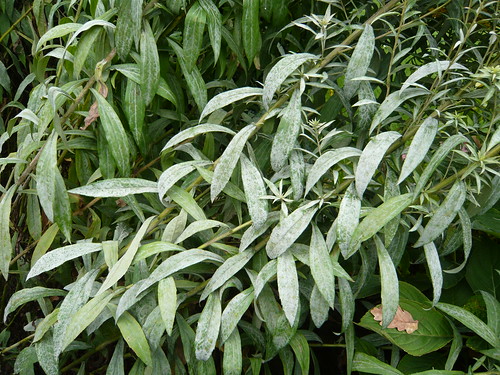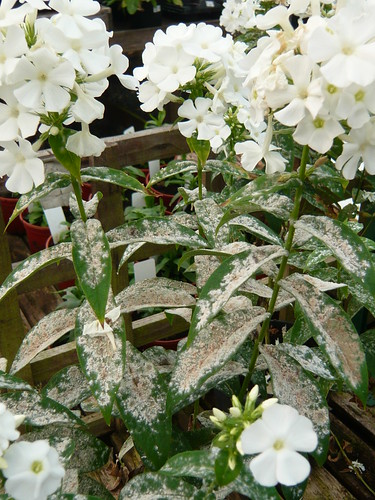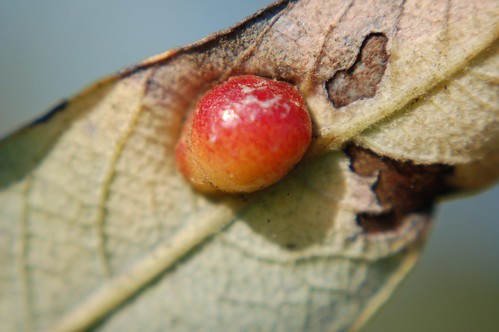If Prince Charles talks to his plants then possibly the soil talks back to him. It may not say I am impoverished and lacking in nutrients but the resulting plants will.
On the other-hand wet soil can eloquently tell gardeners when there is trouble.
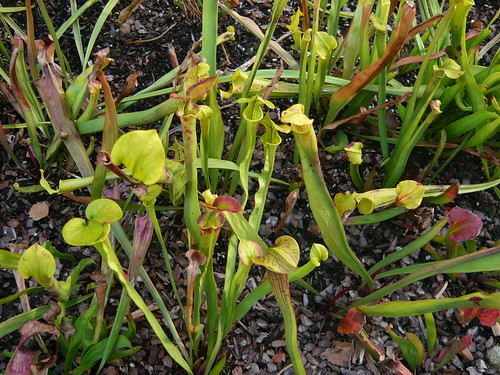
Soil Conditions
We have suffered an excess of water this year and farmers fields have been water logged or taken up the role of flood plain resource.
The resulting ‘Clarty’ soil is muddy, dirty and sticky.
‘Claggy’ soil is more like sticky mud and is a type of soil condition where all the air has been squeezed out. Then it adheres to your boots and leaves clumps where you walk.
‘Boggy and soggy’ soil tends to favoured by marshy water loving plants.
‘Muddy’ soil can ofter turn rock hard when it dries particularly if it is clayey. Clay is made up of fine particles that can almost be welded together when wet or dry.
‘Swampy’ implies a clammy warm environment you do not get in Yorkshire.
Leaching
Good soil has a balance of minerals, humus and helpful fertilising chemicals. Too much rain or flowing water can take these chemicals away either deeper in the ground or to a drain or sump. Leaching can be caused irrigation and flooding but mainly by the dissolving action particularly of nitrogen. Leached fertilizers and manures, creates problems of excess nitrogen in the soil.
As a general rule sandy soil holds little water and goodness can be leached from the soil, while clay soils have high water-retention rates and the chemicals are harder to displace.
If you have added fertiliser like growmore, blood fish and bone or as a top dressing you do not want to see it washed away before your plants get the benefit. Generally granular fertiliser is most effective if it is lightly raked into the top soil intermediately after application.
Waterlogged Soil
When the ground is fully saturated it is classed as waterlogged. Excess water will stand on the surface or slowly drain to a lower point. The soil will have oxygen displaced by water and the water will dissolve some of the good chemical elements of the soil. It is important not to walk on waterlogged soil as this exacerbates compaction and damages soil structure even further. Protracted water-logging can cause roots to rot.
Pond Soil
Plants in ponds need soil and a place for roots to develop. Soil in a planting basket or pot with holes, make use of leaching into the pond water. A hessian liner will reduce any soil leaching and leaking out. Free circulating water will help pond plants to develop.
